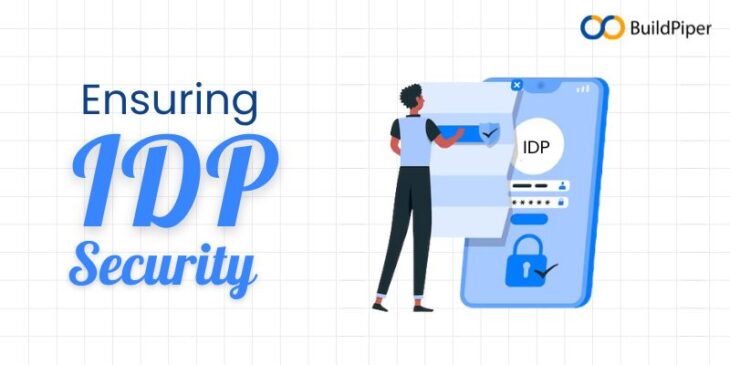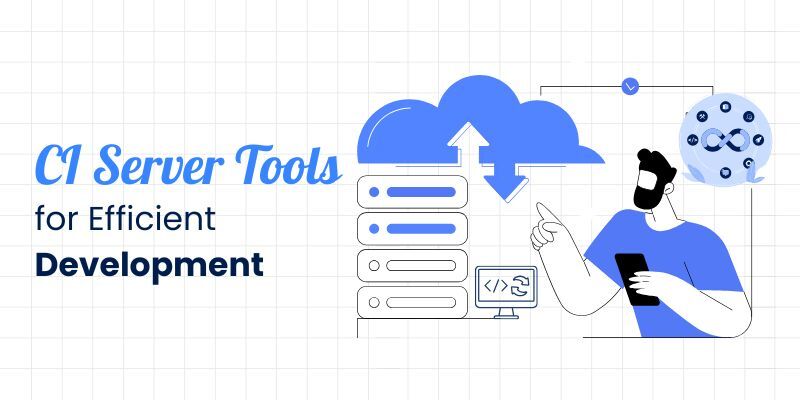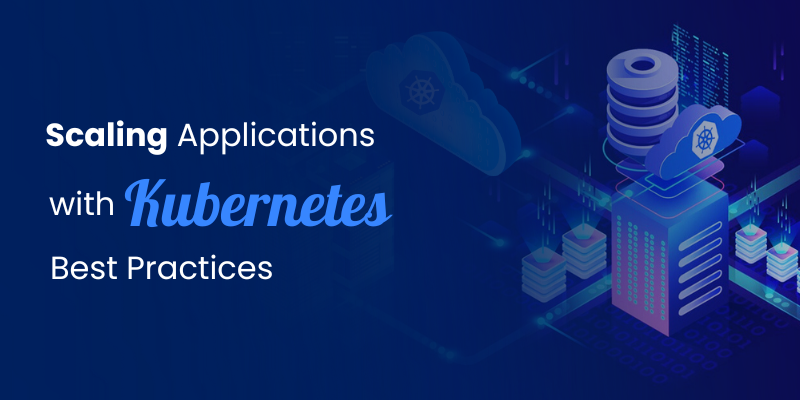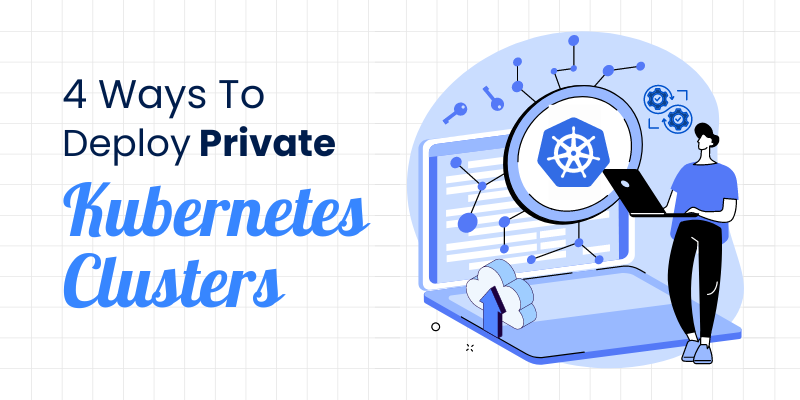
IDP (Internal Developer Platform) is a set of internal tools and services developed and managed by an organization to streamline the development processes and increase its efficiency. The main purpose of implementing IDP is to increase the productivity of developers, decrease the time of delivery and improve the communication between development teams.
In the modern dynamic tech space, enterprises of all sizes are increasingly using the IDP (Internal Developer Platforms) for building a full-stack and well-governed software development procedures. IDP adaptation implies the delivery of additional critical security measures that ensure the protection of sensitive data and the uncompromised operations of the enterprise from malicious attacks. In this blog, we are going to discuss the ultimate ways of securing internal developer platforms. Let’s take a look!
Key Strategies to Secure IDPs
Ensuring the security of your Internal Developer Platform (IDP) is essential for defending confidential data, preventing cyberattacks, securing data management and maintaining the reliability and security of the software development processes. Consider implementing these key strategies for fortifying the security of your IDPs,
Continuous Security Integration (CSI)
As Continuous integration/continuous deployment is the basis of DevOps, so continuous security integration belongs to the core of DevSecOps. Integrate automated security checks in the entire software development lifecycle to find the vulnerabilities as early as they can. CSI techniques such as static application security testing (SAST), software composition analysis (SCA) and vulnerability scanners can be integrated into the CI/CD pipeline to address the security issues as a part of the development process. This enables seamless and secure pipeline management and delivery.
Access Control and Privilege Management
DevSecOps platform access should be controlled restrictively. Implement the least privilege principle making sure that users act within their roles and responsibilities. Put in place native multi-factor authentication (MFA) solutions and integrate these with identity & access management (IAM) solutions to enhance the management and control of user identities & permissions.
Secure Configuration Management
Configure each component within your DevSecOps environment and pipeline management platforms to achieve maximum cybersecurity protection. Among them are protecting the foundational infrastructure, container orchestration platforms for orchestrating applications, CI/CD tools and other hardware or software components as well. Use these components in alignment with the guidelines provided by vendors or security organizations to configure them accordingly.
Container Security
As containers get more popular these days, it becomes evident that their security should stay a top priority. Incorporate container scanning tools in the verification process to detect image vulnerabilities and malware. Put in place your container runtime security systems to monitor and protect running containers from suspicious access and hostile actions. This helps in securely and seamlessly orchestrating applications.
Infrastructure as Code (IaC) Security
Consider the IaC (infrastructure as a code) in the same manner as application’s code does. Implement security controls to check IaC templates before deploying infrastructure changes to locate misconfigurations and security weak points. Take advantage of the observability and log tracking tools that guarantee IaC templates automated scanning and compliance checks.
Continuous Monitoring and Incident Response
Set up effective monitoring systems so that the actual security breaches are quickly detected and responded to in a timely fashion. Teams can integrate observability and log-tracking systems in their development lifecycle. Implement logging, monitoring and alerting systems to detect system activity and identify any abnormal behaviour. Make incident response procedures to analyze and reduce the consequences of security incidents as they occur promptly, ensuring seamless DevSecOps workflow.
Secure Software Development Lifecycle (SDLC)
Have security integrated into the entire software development life cycle(SDLC) in stages such as design and deployment. Ensure that developers participate in security training and awareness programs so that they become well-versed with security best practices and that they may write secure code. Perform routine security reviews and evaluations during the SDLC so that security problems can be identified and fixed actively.
The Conclusion
The security of an IDP is important as it helps secure data management, development activities and confidential data from security attacks. Through the implementation of advanced security elements that include strong access controls, encryption algorithms and persistent monitoring, organizations will be able to diminish the risks and promote a culture of confidence and trust within their development teams.
Promoting the proactive vision of security not only strengthens the IDP margin but also provides a boost to the cyber security infrastructure of the organization. With technology striding at a great pace, the internal DevOps platforms still prioritize security as the backbone pillar of the software development framework.



